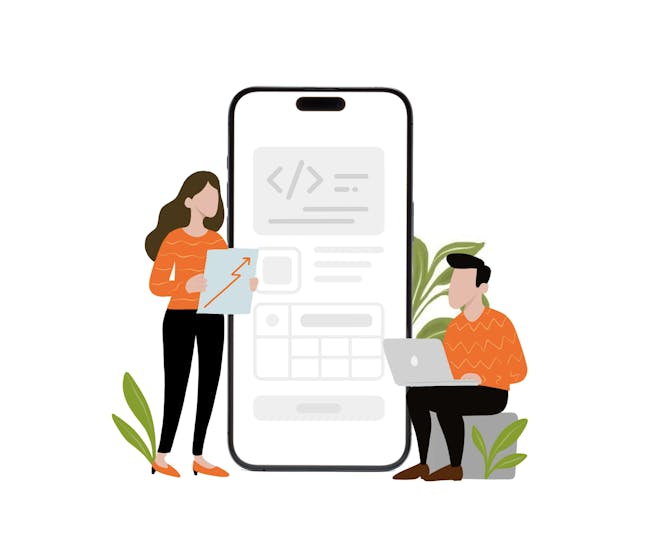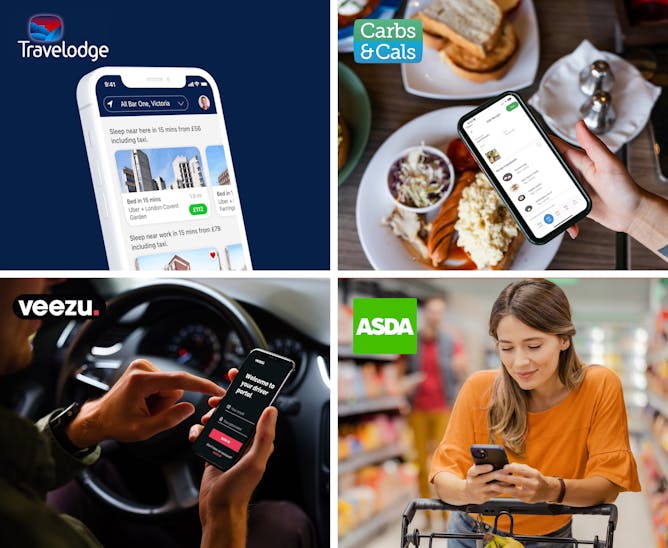From £50,000
Develop a mobile app that creates impact and growth.
For organisations needing a long-term app development partner for their mission-critical apps and digital platforms.
UK App Development
From £50,000
Develop a mobile app that creates impact and growth.
For organisations needing a long-term app development partner for their mission-critical apps and digital platforms.

Our clients see mobile apps as key revenue generators in their business. They are busy people and need a long-term partner that can help them deliver end-to-end products without the stressful management overhead.


The average app loses 73% of new users within the first 3 days. Our focus on growth helps your app perform better. More downloads, more paying customers, and higher customer lifetime value.
We put your customers first with user-centered design
99% of apps fail, usually because they don't resonate with customers or they run out of budget. We help you mitigate these risks by learning from your audience and letting customer insight guide your app design.

App development is pretty straightforward. What's hard is designing an integrated experience that truly engages people and keeps them coming back. Our team offers:

We still work with our first client from back in 2012, and have helped them grow from zero to three million app customers. Some of our clients are global groups with over £1bn revenue. We've been stable and profitable for years.

Anna Scandella, Director of User Experience
Pocketworks
Adam Stone, Technical Innovation Manager
PocketworksWe're not here to just build "another app". What gets us out of bed is making an impact, creating software that people appreciate, and helping your organisation get meaningful outcomes.

Put customers first and see higher organic growth and retention in your app.

Launch experiences where customers are. Phones, tablets, laptops and browsers.

No tech for tech's sake. Use data to measure what works and achieve better outcomes.

Partners protect your interests. They challenge, care and deliver more.
We are UK app developers based in Leeds.
Founded in 2012, Pocketworks has grown to 19 people across five European countries. Our clients hire us as a long-term partner, assisting them with their mobile strategy, market research, user research, design, mobile development, cloud development, quality assurance and mobile growth hacking.

Services
Work